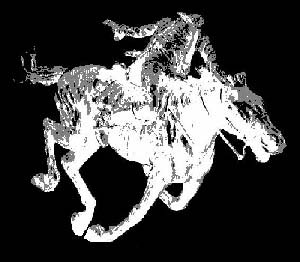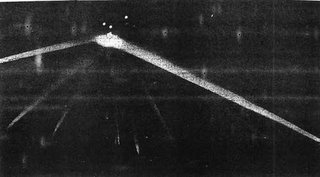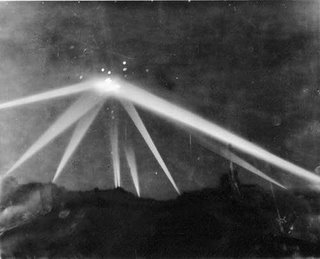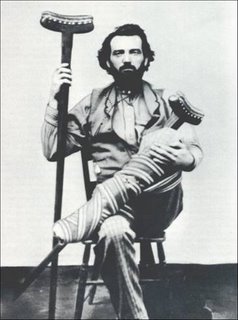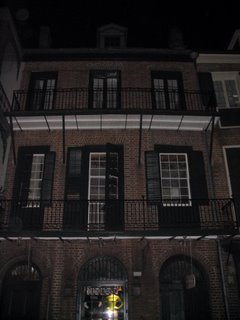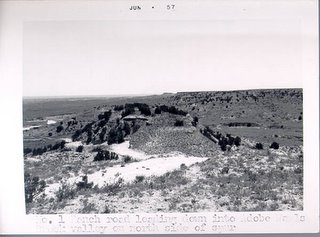In Memory of the Men, Women and Children who perished and those who survived - this site is dedicated to you....
William N. Grigg Jr.In 1937 New London, Texas, in northwest Rusk County, had one of the richest rural school districts in the United States. Community residents in the East Texas oilfields were proud of the beautiful, modern, steel-framed, E-shaped school building. On March 18 students prepared for the next day's Inter-scholastic Meet in Henderson. At the gymnasium, the PTA met. At 3:05 P.M. Lemmie R. Butler, instructor of manual training, turned on a sanding machine in an area which, unknown to him, was filled with a mixture of gas and air. The switch ignited the mixture and carried the flame into a nearly closed space beneath the building, 253 feet long and fifty-six feet wide. Immediately the building seemed to lift in the air and then smashed to the ground. Walls collapsed. The roof fell in and buried its victims in a mass of brick, steel, and concrete debris. The explosion was heard four miles away, and it hurled a two-ton concrete slab 200 feet away, where it crushed a 1936 Chevrolet.Fifteen minutes later, the news of the explosion had been relayed over telephone and Western Union lines. Frantic parents at the PTA meeting rushed to the school building. Community residents and roughnecks from the East Texas oilfield came with heavy-duty equipment. Within an hour Governor James Allred had sent the Texas Rangers and highway patrol to aid the victims. Doctors and medical supplies came from Baylor Hospital and Scottish Rite Hospital for Crippled Children in Dallas and from Nacogdoches, Wichita Falls, and the United States Army Air Corps at Barksdale Field in Shreveport, Louisiana. They were assisted by deputy sheriffs from Overton, Henderson, and Kilgore, by the Boy Scouts, the American Legion, the American Red Cross, the Salvation Army, and volunteers from the Humble Oil Company, Gulf Pipe Line, Sinclair, and the International-Great Northern Railroad.Workers began digging through the rubble looking for victims. Floodlights were set up, and the rescue operation continued through the night as rain fell.Within seventeen hours all victims and debris had been taken from the site. Mother Francis Hospital in Tyler canceled its elaborate dedication ceremonies to take care of the injured. The Texas Funeral Directors sent twenty-five embalmers.Of the 500 students and forty teachers in the building, approximately 298 died. Some rescuers, students, and teachers needed psychiatric attention, and only about 130 students escaped serious injury. Those who died received individual caskets, individual graves, and religious services.
Taken from
this site.
The moral of the story being it usually takes tragedies to teach us something that we eventually grow to take for granted.
